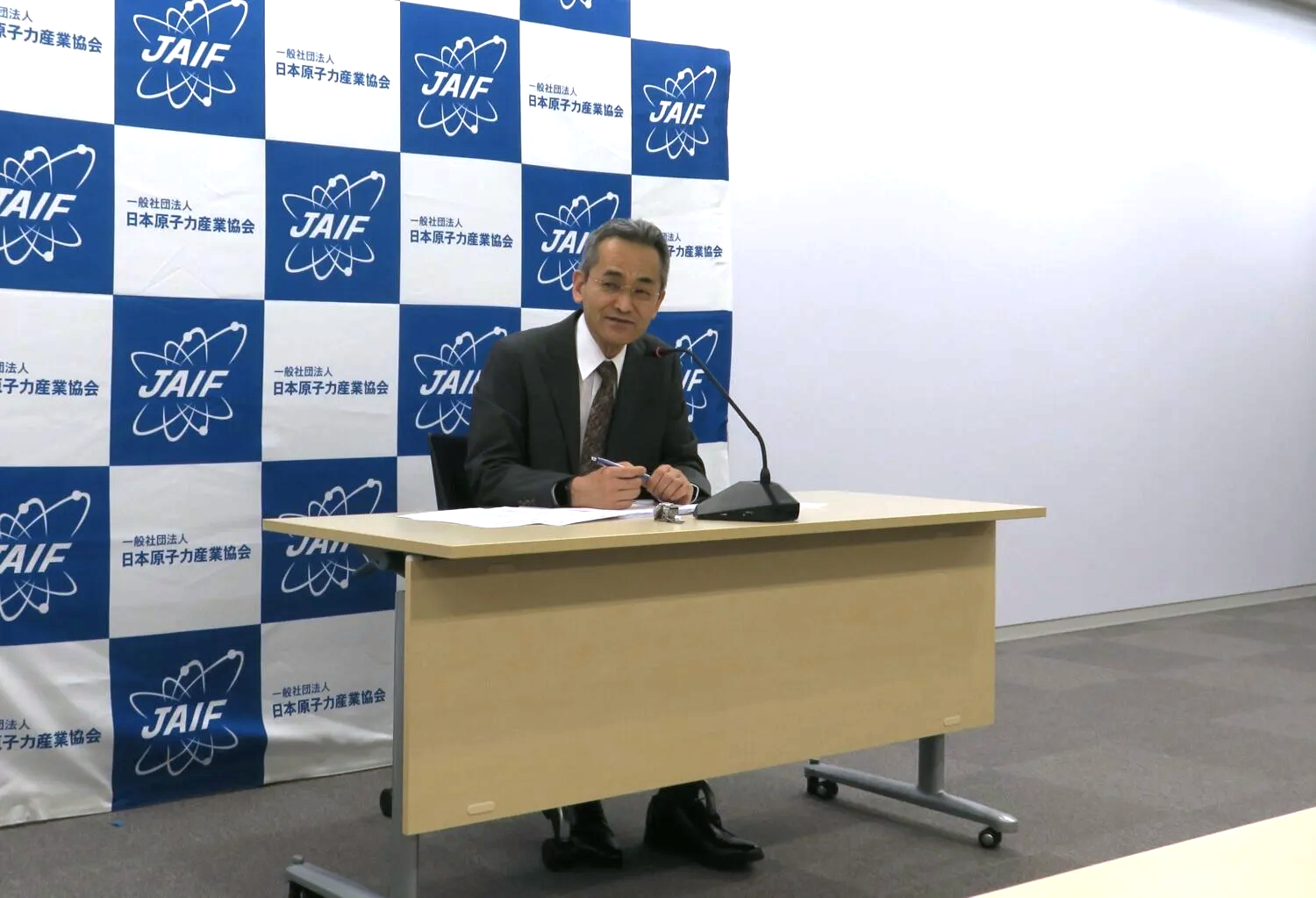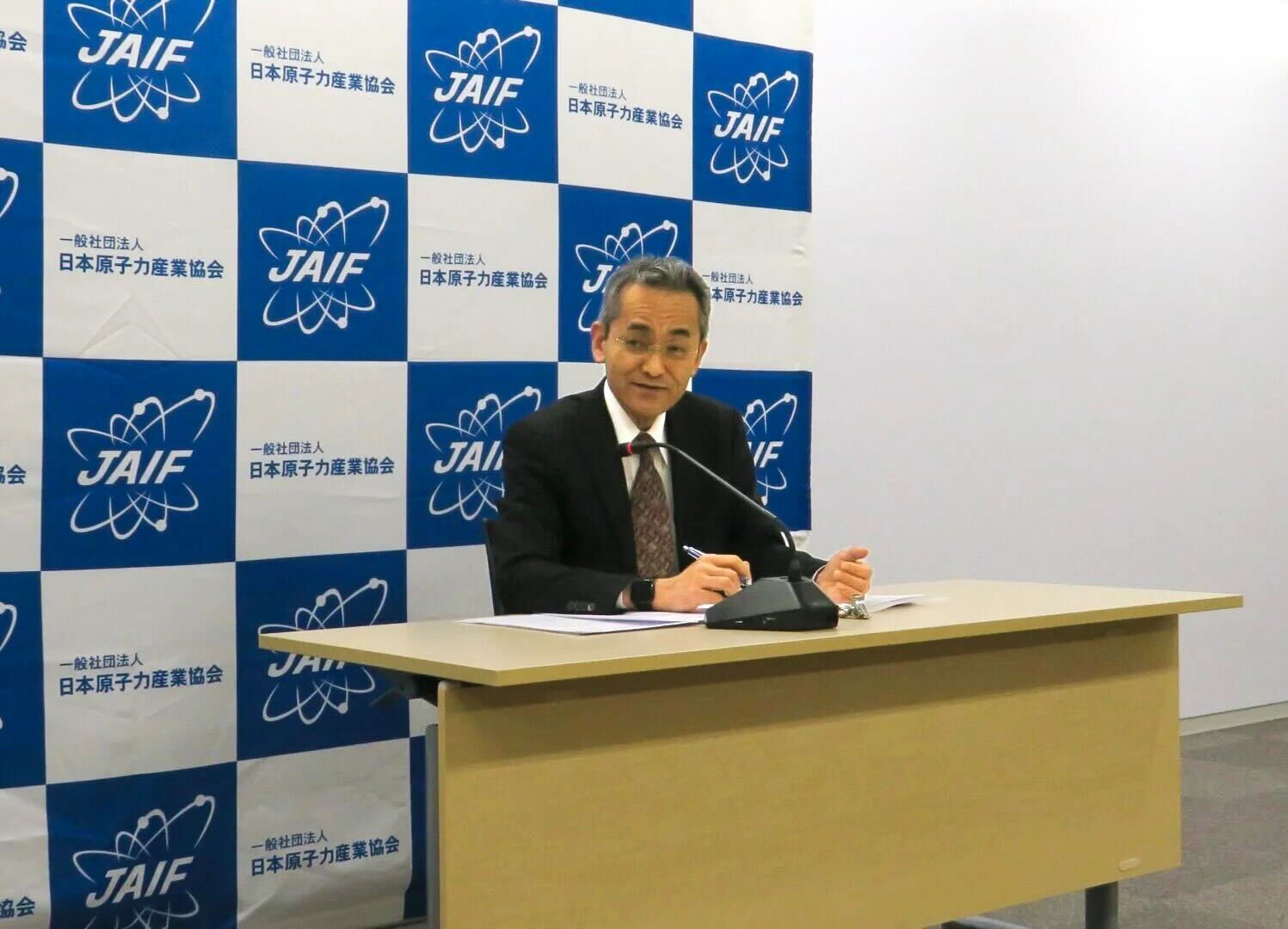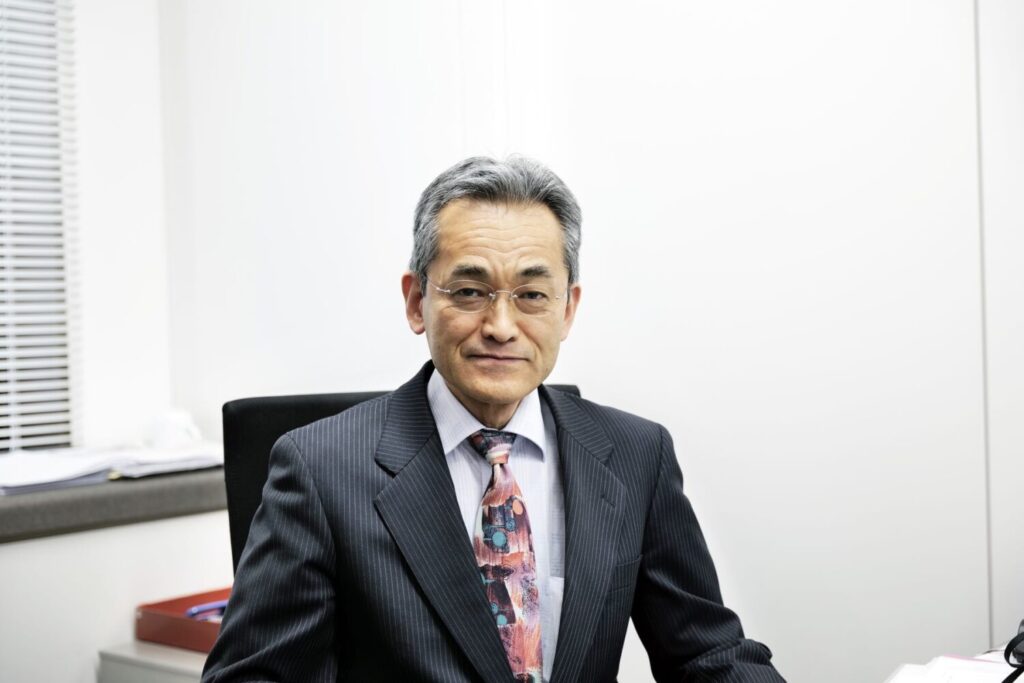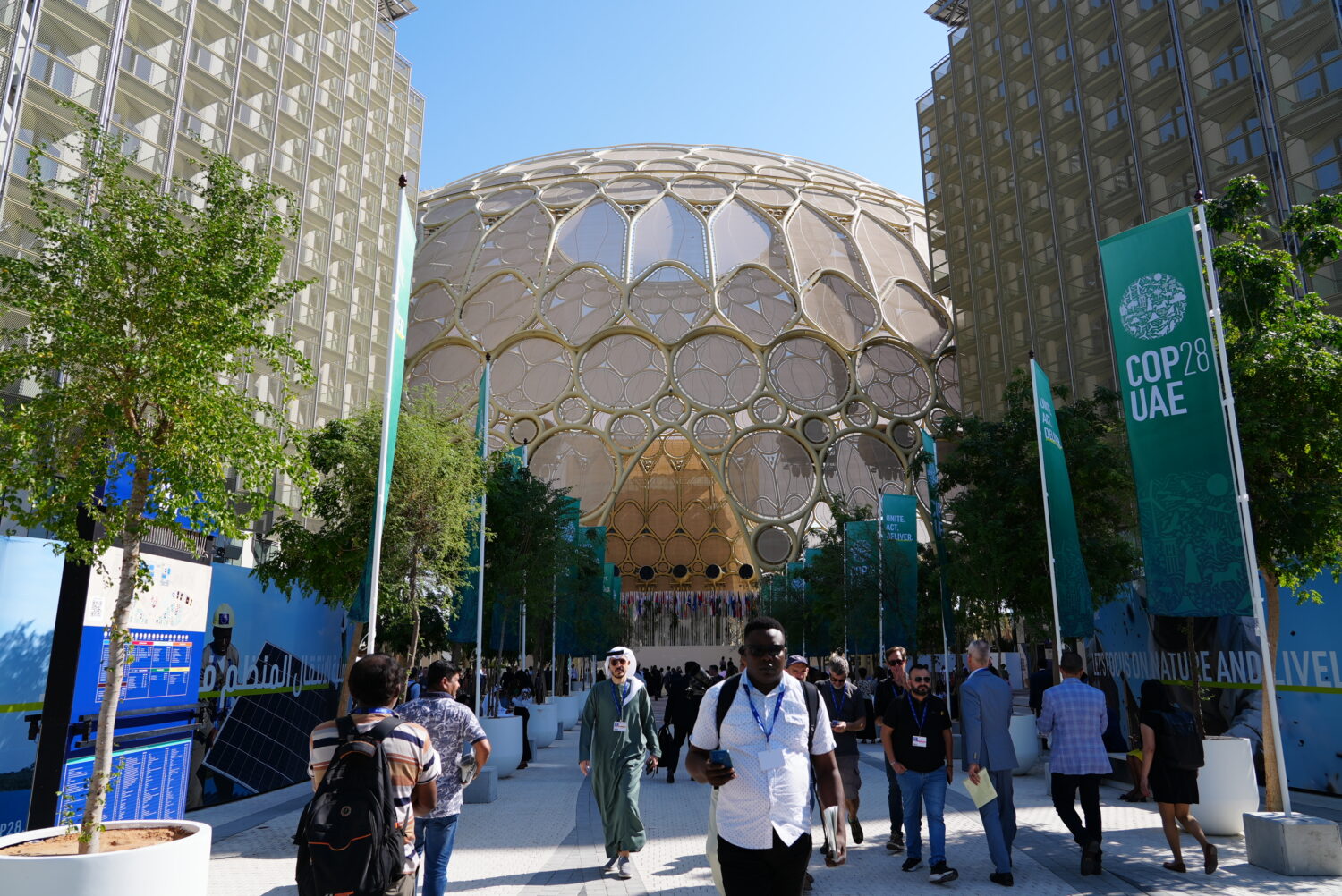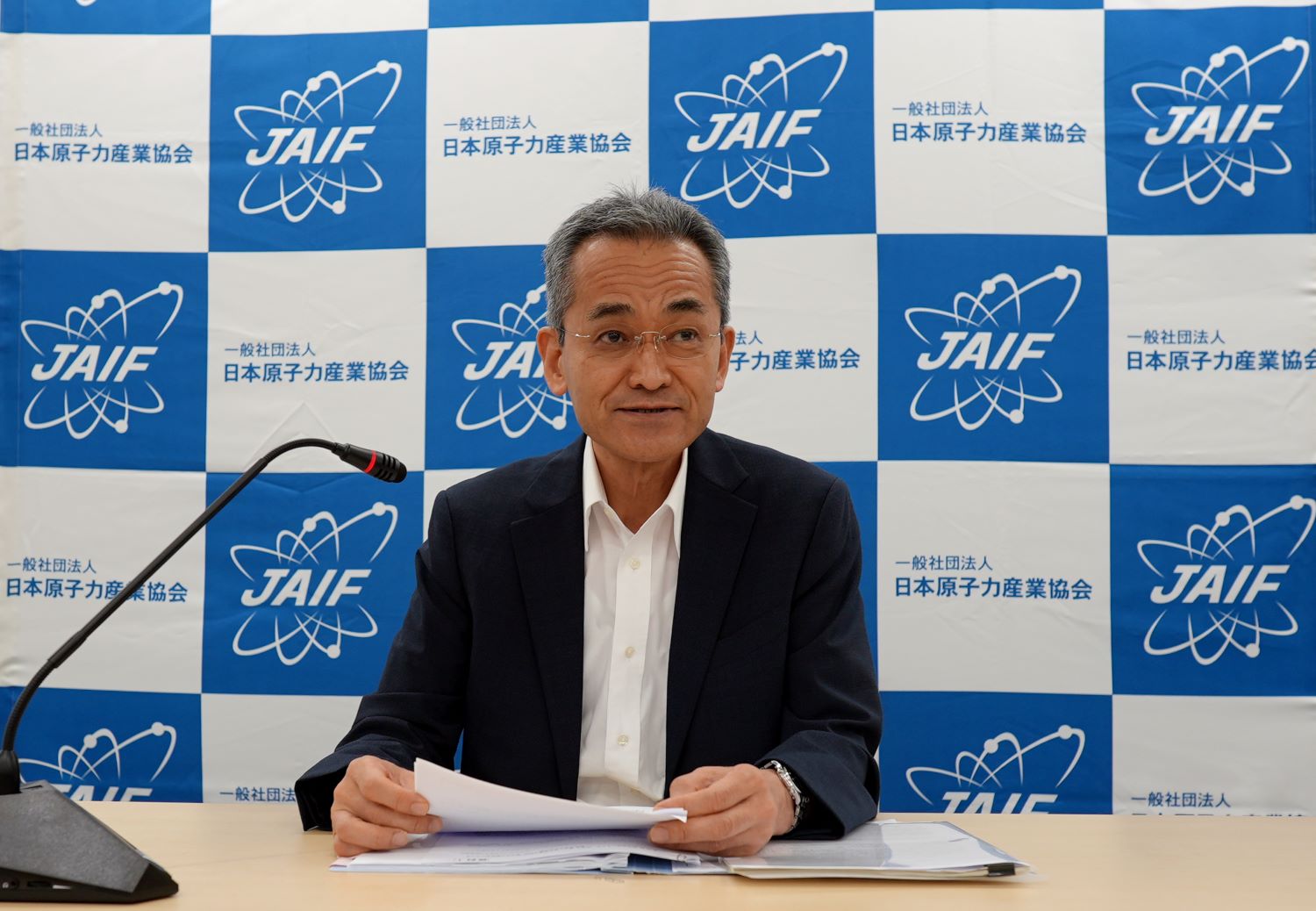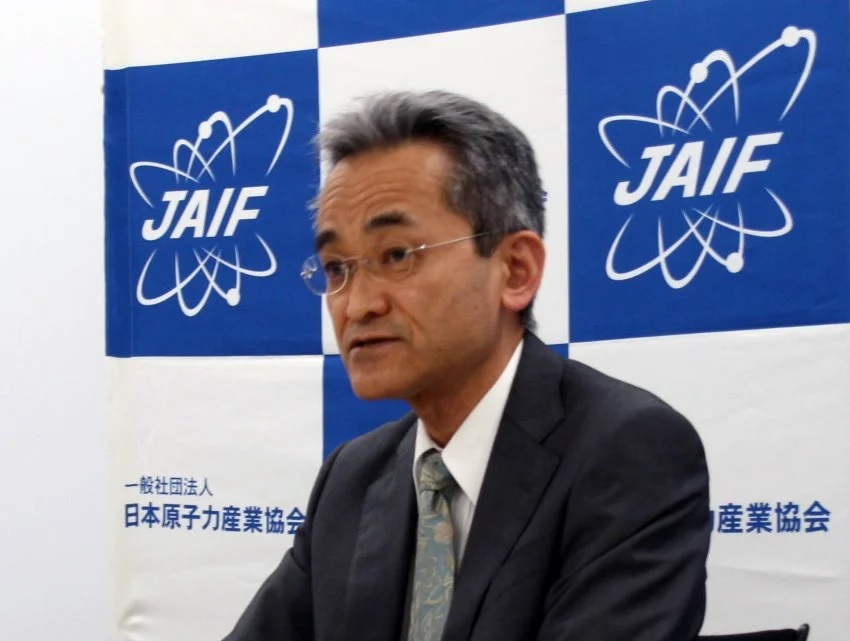To steadily carry out the decommissioning work at the nuclear power plants (NPPs) and realize Fukushima’s reconstruction, the handling of the water cannot be postponed. The start of offshore release represents a major step forward in Fukushima Daiichi’s decommissioning. I would like to express my appreciation and respect for the understanding and efforts of everyone involved in the matter.
ALPS-treated water has been purified of radioactive substances other than tritium[1]Tritium is an isotope of hydrogen created in the natural environment. It is contained in rainwater, tap water and the atmosphere. It emits radiation so weak that it cannot penetrate a sheet of paper.to levels below regulatory standards[2]Regulatory limit: Regulated values of radioactive concentrations in water and air released from facilities are regulatory limits. When multiple radioactive substances are emitted, the regulatory … Continue reading. It is then to be diluted with seawater by a ratio of more than 100 to 1, to a level of 1,500 Bq/l, one-fortieth the regulatory limit of 60,000 Bq/l, before being released into the sea.
Levels of radiation will be sufficiently low that no effects on people or the environment will be recognized. The volumes of water released annually will be regulated to represent less than 22 trillion Bq, the same level as the control value for operations prior to the accident in 2011.
The International Atomic Energy Agency (IAEA) has recognized that offshore release is both scientifically sound and aligned with international practices. The IAEA’s comprehensive report on its safety review of the ALPS-treated water, released in July 2023, made the following conclusions:
1) The activities and approach to offshore release of the ALPS-treated water taken by TEPCO, the Nuclear Regulation Authority (NRA) and the Japanese government are consistent with the relevant international safety standards.
2) The levels of radiation effects on people and the environment of the offshore release of the ALPS-treated water as planned by TEPCO, based on a comprehensive evaluation, will be negligible.
The IAEA has also committed itself to supporting Japan prior, during and after release of the ALPs-treated water, for the purpose of providing additional transparency and reassurance to the international community, and will continue to conduct additional reviews and monitoring. IAEA Director General Rafael Mariano Grossi also said that the IAEA would establish an office within the premises of Fukushima Daiichi, where its own staff would be continuously stationed during and after the release of the water into the sea.
Tritium is routinely generated during power generation at NPPs and is discharged as part of normal operations. For example, the Pickering NPPs in Canada currently release 21 times as much tritium into the environment as the 22 trillion Bq set as Fukushima Daiichi’s operational target value for annual total discharge. Meanwhile, the Yangjiang NPPs in China currently discharge five times as much tritium as Fukushima Daiichi does, while the Kori NPPs in South Korea discharge twice as much. It goes without saying that every NPP carries out such discharge after a thorough review and in compliance with the respective country’s safety standards[3]Source of tritium amounts released at NPPs in other countries: Material on the handling of ALPS-treated water, prepared by the Agency for Natural Resources and Energy (ANRE), can be found at this … Continue reading.We urge TEPCO to operate the facilities safely and appropriately for offshore release and monitoring, and to provide information transparently toward the prevention of reputational damage due to ungrounded rumors and fears.
We also ask the Japanese government to carry out various activities[4]Meeting (6th) of Inter-Ministerial Council for Contaminated Water Issues and Decommissioning: Documents distributed at the 6th meeting of the inter-ministerial council for steady implementation of … Continue reading related to ensuring safety and as countermeasures for reputational damage. We ask it to follow through the determinations of the inter-ministerial council and steadily implement the basic policy[5]Basic Policy on Handling of ALPS-treated water at Tokyo Electric Power Company Holdings’ Fukushima Daiichi; found on the site … Continue reading on handling of ALPS-treated water.
In addition, we ask the press to continue to report accurately based on valid, scientifically grounded information, remaining mindful that there are concerns and misunderstandings among people in Japan as well as in neighboring countries.
The Japan Atomic Industrial Forum (JAIF) will endeavor to provide reliable, accurate information domestically and internationally, and to promote understanding through international cooperation and via its website.
ARAI Shiro, President, JAIF
<Links>
○ Ministry of Economy, Trade and Industry (METI): METI’s portal site for decommissioning, and for handling of contaminated water and measures (Dealing with ALPS-treated water)
https://www.meti.go.jp/earthquake/nuclear/hairo_osensui/alps.html [Japanese]
○ Nuclear Regulation Authority (NRA): The NRA issued certifications of completion of pre-use inspections of specific facilities to TEPCO.
https://www.nra.go.jp/disclosure/law_new/INRF/160001261.html
○ Ministry of Foreign Affairs (MOFA): Nuclear Safety (Handling of ALPS-Treated Water)
https://www.mofa.go.jp/mofaj/dns/inec/alps.html
○ TEPCO Treated-Water portal site
https://www.tepco.co.jp/decommission/progress/watertreatment/faq/faq1/
○ JAIF (Oshiete! Torikai Sensei. Imasara kikenai torichium no koto [“Prof. Torikai: Lemme Know about tritium.”
https://www.jaif.or.jp/journal/study/torikai/top.html
References
| ↑1 | Tritium is an isotope of hydrogen created in the natural environment. It is contained in rainwater, tap water and the atmosphere. It emits radiation so weak that it cannot penetrate a sheet of paper. |
|---|---|
| ↑2 | Regulatory limit: Regulated values of radioactive concentrations in water and air released from facilities are regulatory limits. When multiple radioactive substances are emitted, the regulatory limit depends on the limits set for each substance and the ratios of their nuclides. |
| ↑3 | Source of tritium amounts released at NPPs in other countries: Material on the handling of ALPS-treated water, prepared by the Agency for Natural Resources and Energy (ANRE), can be found at this site:
https://www.meti.go.jp/earthquake/nuclear/hairo_osensui/pdf/alps_02.pdf |
| ↑4 | Meeting (6th) of Inter-Ministerial Council for Contaminated Water Issues and Decommissioning: Documents distributed at the 6th meeting of the inter-ministerial council for steady implementation of the basic policy on ALPS-treated water are found at the following site:
https://www.kantei.go.jp/jp/singi/hairo_osensui/alps_shorisui/dai6/index.html |
| ↑5 | Basic Policy on Handling of ALPS-treated water at Tokyo Electric Power Company Holdings’ Fukushima Daiichi; found on the site below:
https://www.meti.go.jp/earthquake/nuclear/hairo_osensui/alps_policy.pdf |




















.jpg)




